Ticks are parasitic pests that feed on the blood of animals and humans, spreading diseases like Lyme disease. This article explores how to get rid of ticks using DIY methods, including natural and chemical options such as essential oil sprays and yard treatments. You’ll also find essential prevention steps for keeping ticks away from your home and yard.
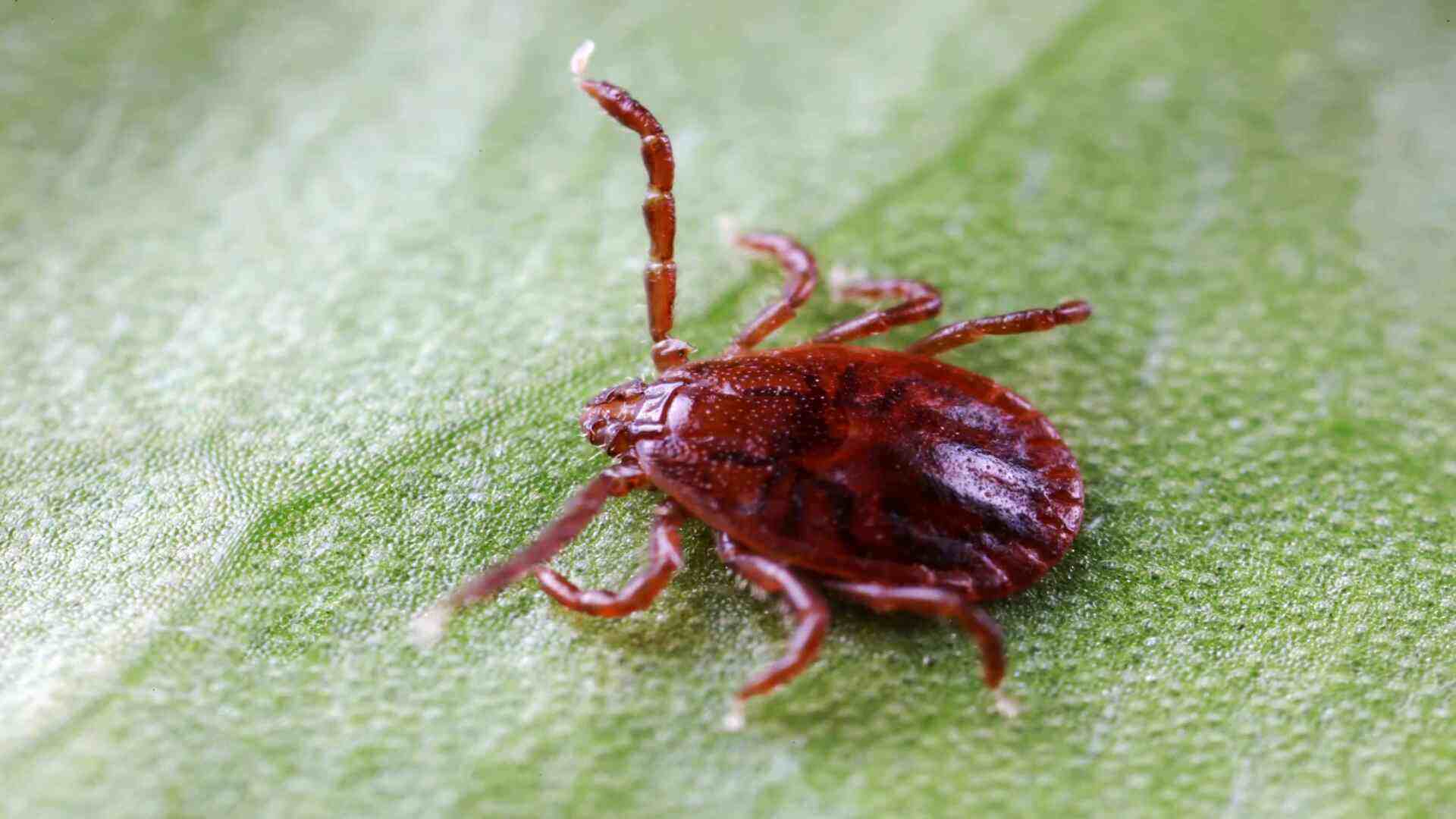 While DIY methods can help manage minor tick issues, they may not be enough for severe infestations. Professional pest control provides targeted, long-lasting treatments to fully eradicate ticks and prevent future infestations, making it the best choice for persistent tick problems.
With a clear understanding of tick behaviour and their hiding spots, let’s explore the various ways to identify, prevent, and effectively manage tick infestations.
While DIY methods can help manage minor tick issues, they may not be enough for severe infestations. Professional pest control provides targeted, long-lasting treatments to fully eradicate ticks and prevent future infestations, making it the best choice for persistent tick problems.
With a clear understanding of tick behaviour and their hiding spots, let’s explore the various ways to identify, prevent, and effectively manage tick infestations.
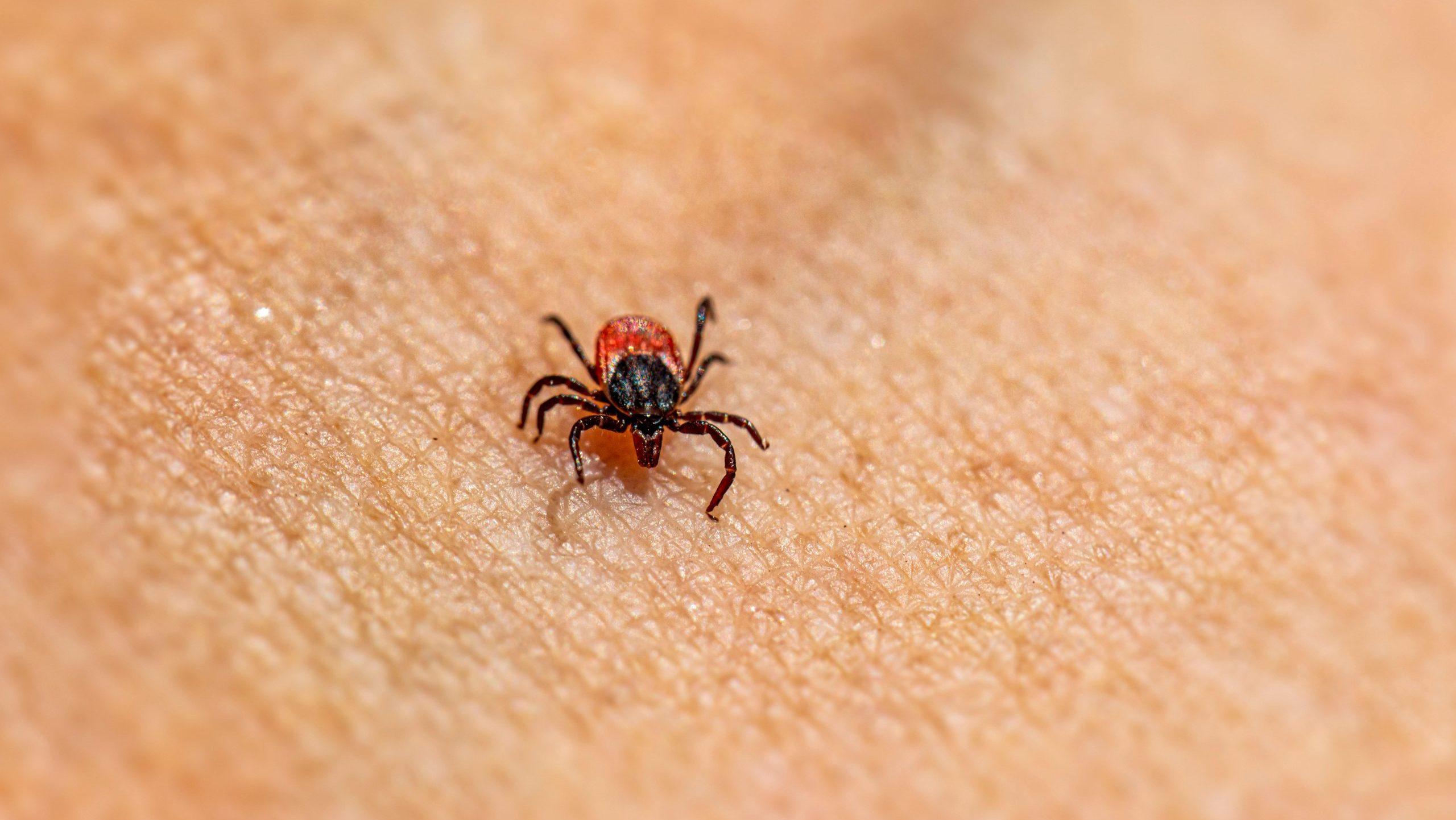



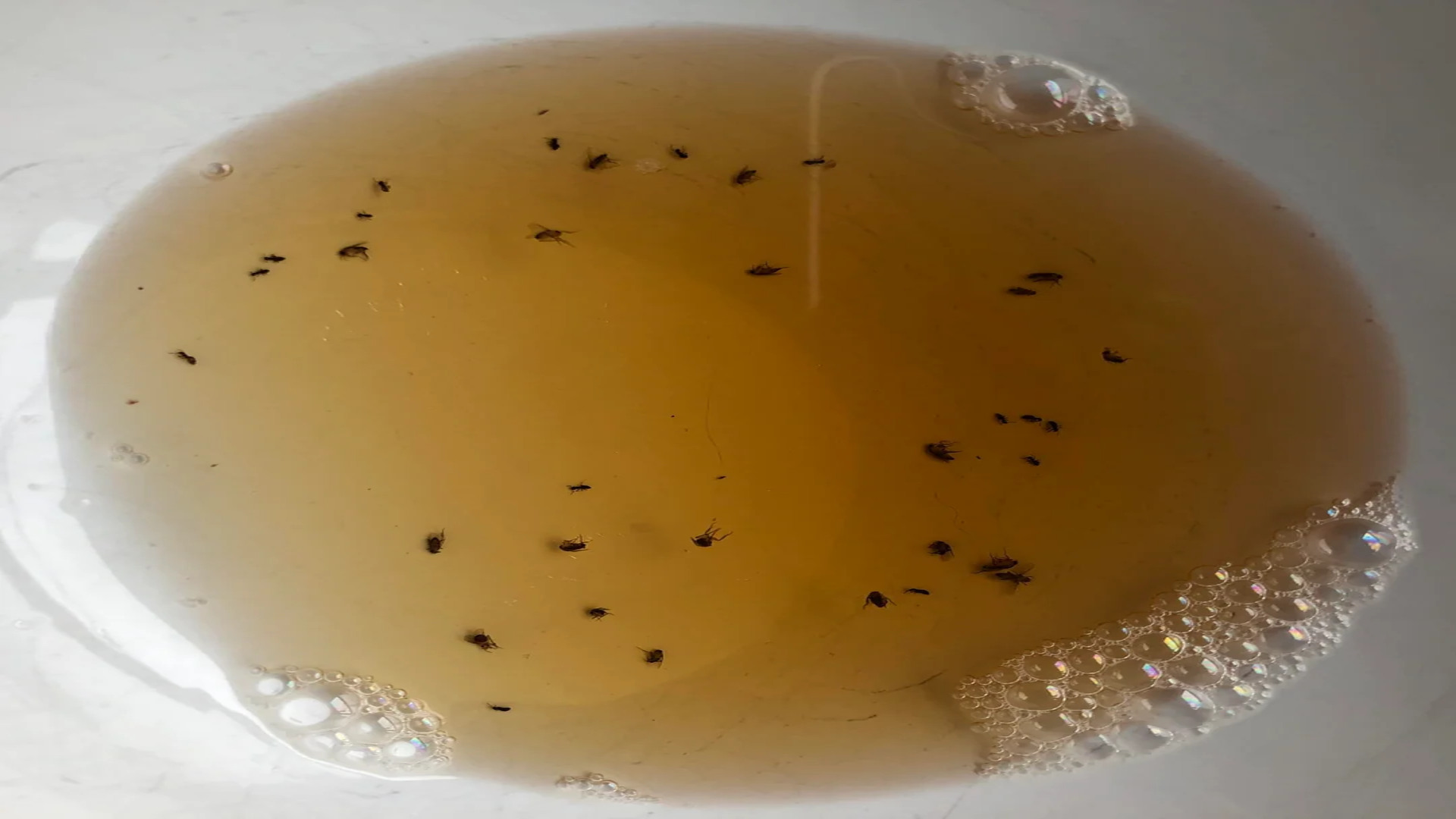


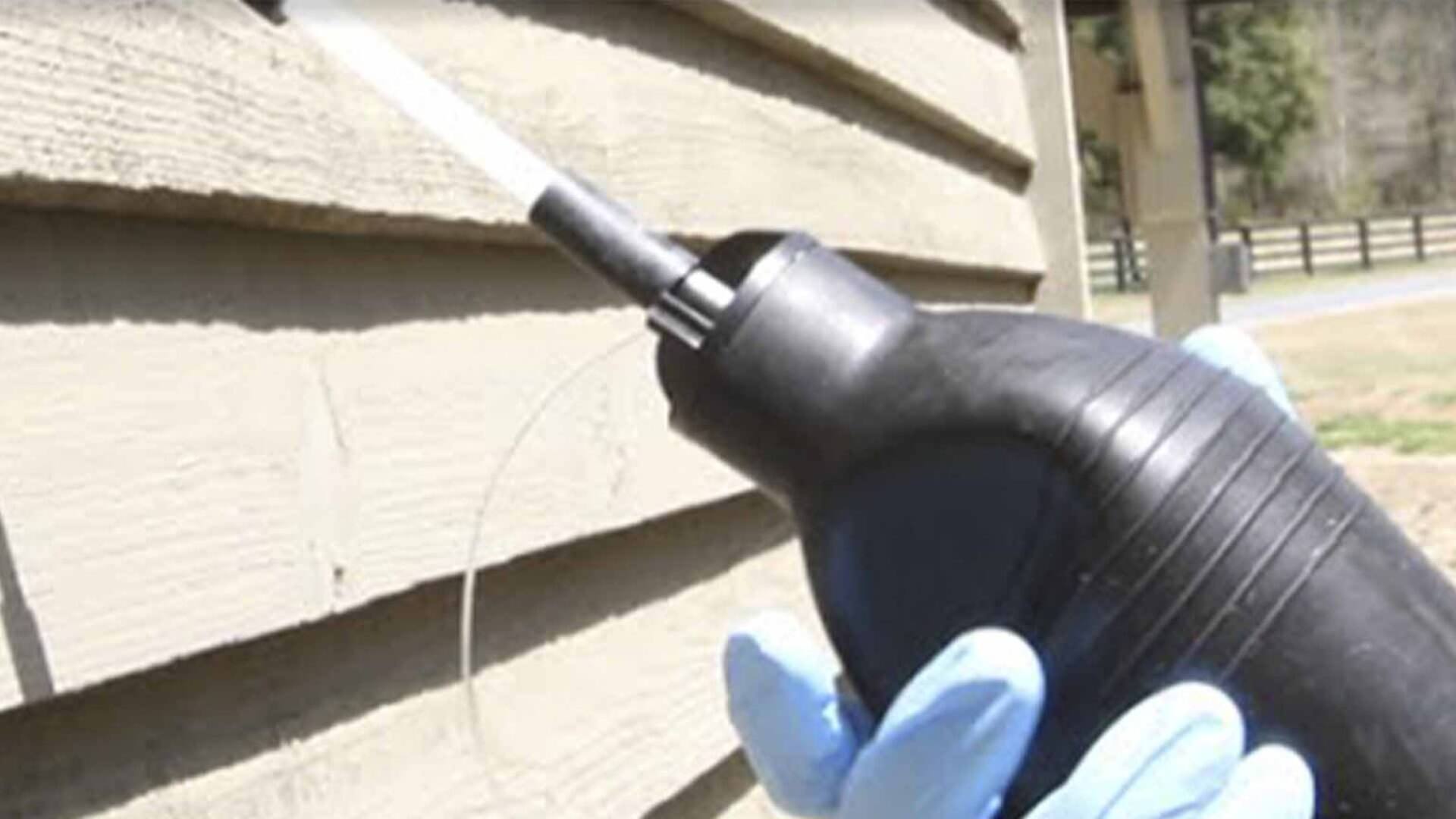
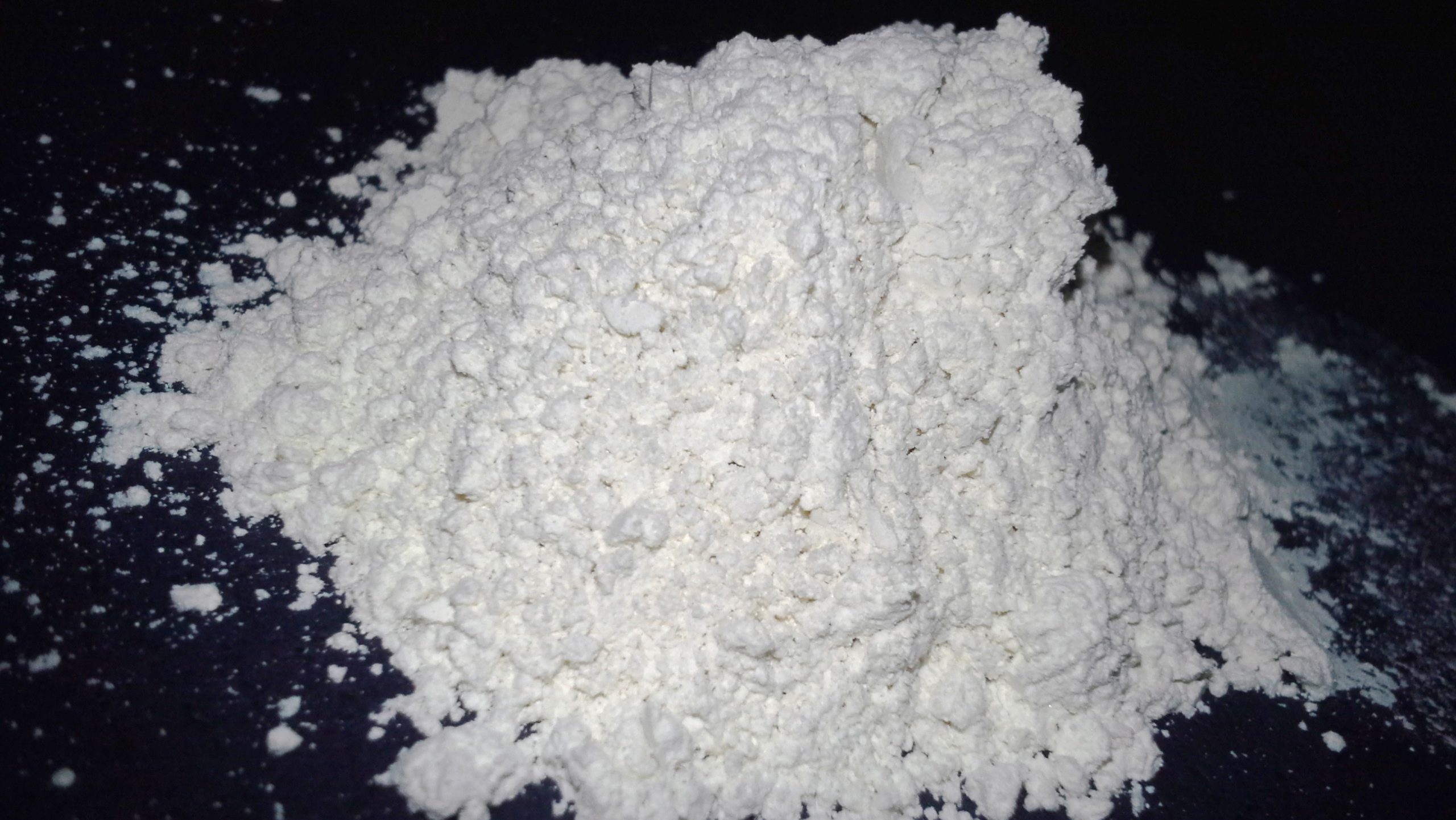
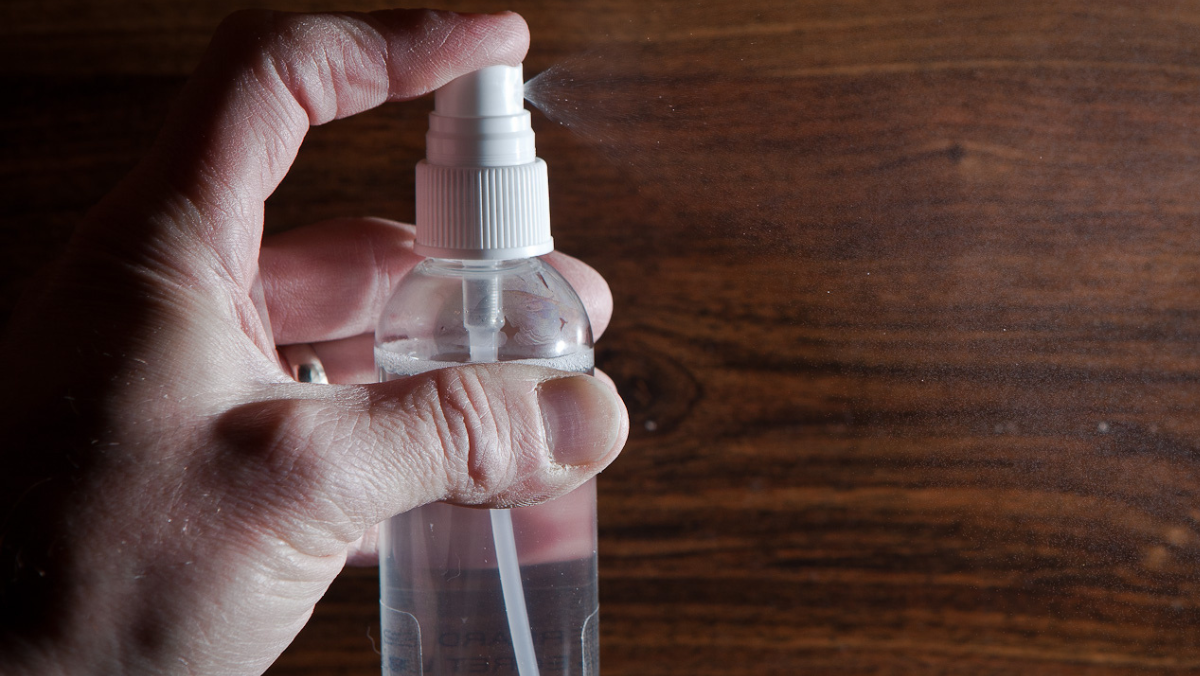
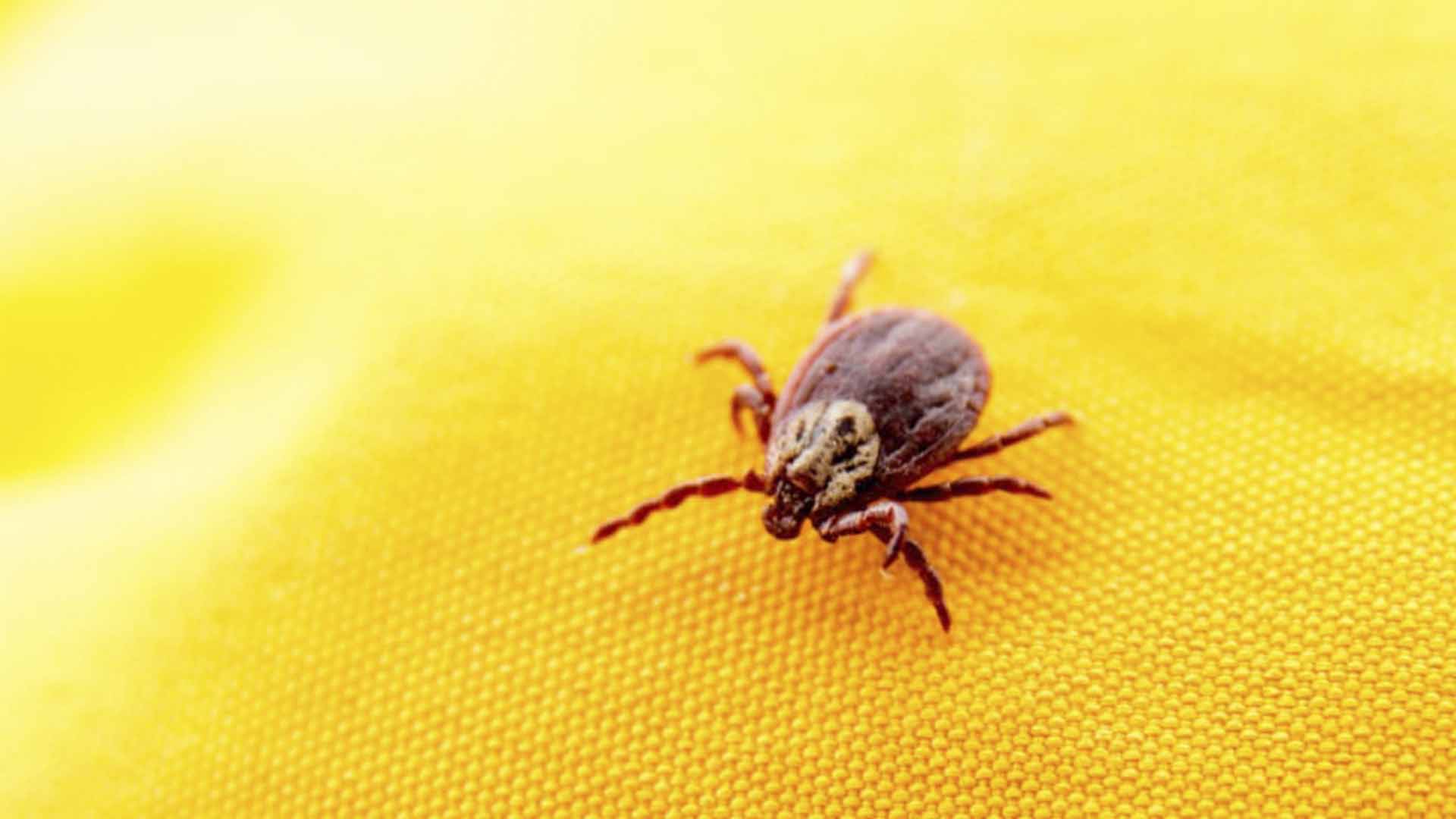 Ticks also have a distinct life cycle that includes four stages: egg, larva, nymph, and adult. Each stage requires a blood meal to progress to the next, which means they are constantly seeking hosts. Understanding their life cycle and habits can help homeowners take effective tick removal and preventive measures to avoid infestations.
Ticks also have a distinct life cycle that includes four stages: egg, larva, nymph, and adult. Each stage requires a blood meal to progress to the next, which means they are constantly seeking hosts. Understanding their life cycle and habits can help homeowners take effective tick removal and preventive measures to avoid infestations.

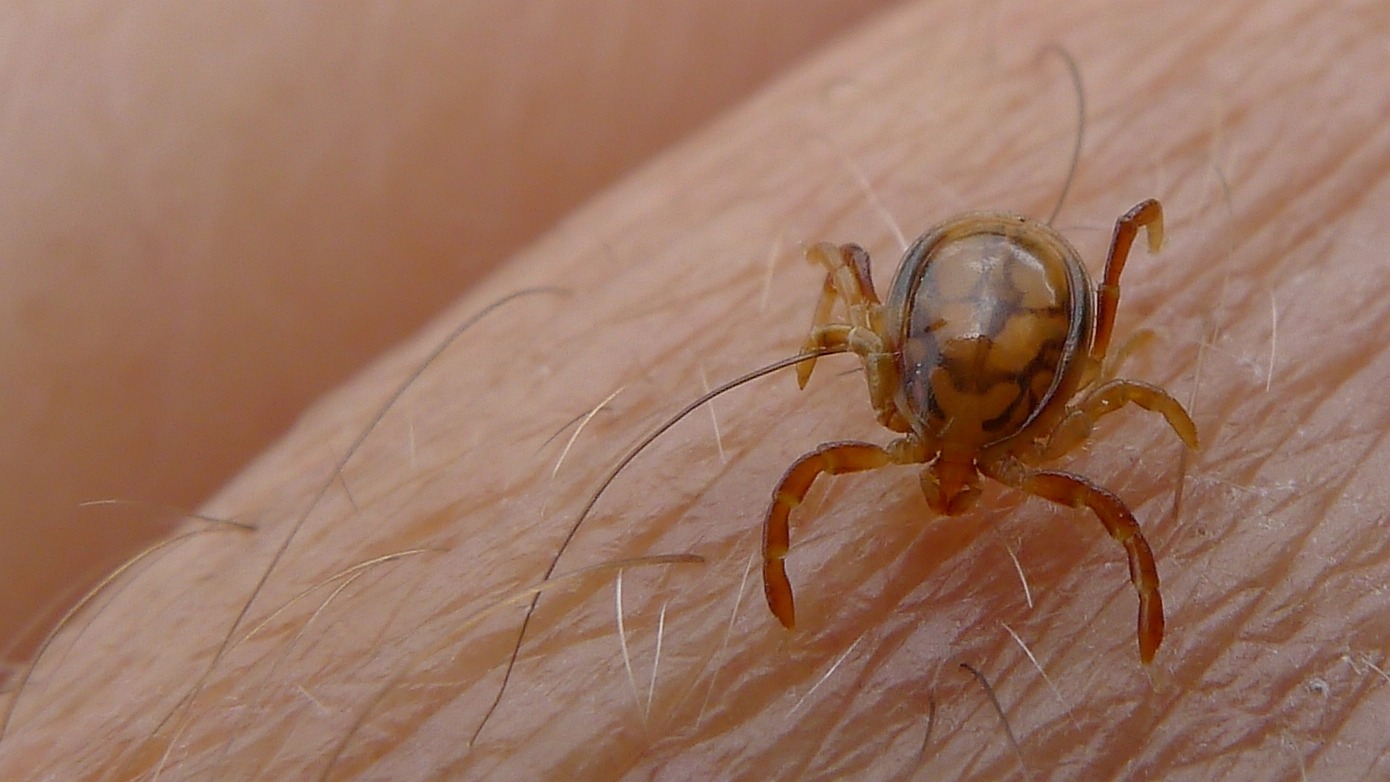
 While DIY methods can help manage minor tick issues, they may not be enough for severe infestations. Professional pest control provides targeted, long-lasting treatments to fully eradicate ticks and prevent future infestations, making it the best choice for persistent tick problems.
With a clear understanding of tick behaviour and their hiding spots, let’s explore the various ways to identify, prevent, and effectively manage tick infestations.
While DIY methods can help manage minor tick issues, they may not be enough for severe infestations. Professional pest control provides targeted, long-lasting treatments to fully eradicate ticks and prevent future infestations, making it the best choice for persistent tick problems.
With a clear understanding of tick behaviour and their hiding spots, let’s explore the various ways to identify, prevent, and effectively manage tick infestations.


Not getting a solution?
Get your free pest control estimate today!How to get rid of Ticks using DIY Methods?
For those who prefer managing tick issues using natural ingredients or simple DIY solutions, there are effective ways to reduce tick populations and deter ticks from entering your home, yard, and attaching to your pets. Here’s a comprehensive look at DIY tick removal methods that can be safe, cost-effective, and easy to apply.Solutions to Get Rid of Ticks Naturally
Essential Oil Tick Spray
Essential oils like eucalyptus and citronella have strong scents that naturally repel ticks. This spray can be used around your yard, on clothing, and lightly on pets.
INGREDIENTS
-
 2 cups of water
2 cups of water
-
 10 drops of eucalyptus oil
10 drops of eucalyptus oil
-
 10 drops of citronella oil
10 drops of citronella oil
-
 A few drops of witch hazel (optional, as a binding agent)
A few drops of witch hazel (optional, as a binding agent)
INSTRUCTIONS
1. Pour Water into Spray Bottle
- Pour 2 cups of water into a spray bottle.
2. Add Essential Oils
- Add 10 drops of eucalyptus oil and 10 drops of citronella oil.
3. Add Witch Hazel (Optional)
- Add a few drops of witch hazel, which helps the oils mix with water.
4. Shake to Mix
- Shake the spray bottle well to combine the ingredients.
5. Apply Spray
- Lightly spray around the yard, on your clothing, and on pet fur. Avoid sensitive areas such as the face and nose.
6. Reapply as Needed
- Reapply as needed, especially after rain or heavy dew.
SAFETY NOTES
-
Avoid Sensitive Areas: Do not spray on sensitive areas such as pets’ faces or noses.
Apple Cider Vinegar and Neem Oil Solution
Apple cider vinegar and neem oil are effective at repelling ticks. The vinegar smell deters pests, and neem oil has insect-repellent properties that make it safe to use around pets.
INGREDIENTS
-
 Equal parts apple cider vinegar and water
Equal parts apple cider vinegar and water
-
 10-15 drops of neem oil
10-15 drops of neem oil
INSTRUCTIONS
1. Mix Vinegar and Water
- Mix equal parts apple cider vinegar and water in a spray bottle. For example, if you use 1 cup of vinegar, add 1 cup of water.
2. Add Neem Oil
- Add 10-15 drops of neem oil to the mixture.
3. Shake to Mix
- Shake the bottle well to mix the ingredients thoroughly.
4. Apply Spray
- Spray the solution around your yard, on pet bedding, and on pet collars as a tick repellent. Avoid applying the spray directly to your pet’s skin, as neem oil can be irritating.
5. Reapply
- Reapply every few days for consistent tick protection.
SAFETY NOTES
-
Avoid Direct Skin Contact: Do not apply the spray directly to your pet’s skin, as neem oil may cause irritation.
Garlic Water Spray
Garlic contains natural sulfur compounds that ticks dislike, making it an effective deterrent for yard areas.
INGREDIENTS
-
 2-3 cloves of garlic
2-3 cloves of garlic
-
 1 liter of water
1 liter of water
INSTRUCTIONS
1. Crush Garlic Cloves
- Crush 2-3 garlic cloves and place them in a container with 1 liter of water.
2. Soak Overnight
- Allow the garlic to soak in the water overnight to release its natural oils and compounds.
3. Strain and Fill Spray Bottle
- Strain the garlic-infused water into a spray bottle.
4. Apply Spray
- Spray the garlic water around shaded areas in your yard, near fence lines, and other tick-prone spots.
5. Reapply Weekly
- Reapply every week or after heavy rainfall for ongoing protection.
SAFETY NOTES
-
Strong Garlic Smell: The strong garlic smell will dissipate quickly but will still repel ticks effectively.
Cedar Oil Spray
Cedar oil is a powerful natural tick repellent that disrupts tick pheromones, making it harder for them to locate hosts.
INGREDIENTS
-
 1-2 teaspoons of cedar oil
1-2 teaspoons of cedar oil
-
 1 cup of water
1 cup of water
INSTRUCTIONS
1. Mix Cedar Oil and Water
- Combine 1-2 teaspoons of cedar oil with 1 cup of water in a spray bottle.
2. Shake to Mix
- Shake the bottle well to ensure the cedar oil is fully mixed with the water.
3. Apply Spray
- Apply the solution to areas in your yard, outdoor furniture, pet bedding, and other spots where ticks might hide.
4. Reapply Weekly
- Reapply once a week or after rain to maintain effectiveness.
SAFETY NOTES
-
Safe for Pets: Cedar oil has a pleasant woody scent and is safe for use around humans and pets.
Solutions to Get Rid of Ticks Using Chemical Solutions
Permethrin Yard Spray
Permethrin is a synthetic insecticide that kills ticks on contact and leaves a residue that continues to repel ticks for weeks. This spray is ideal for treating outdoor areas but should be handled with care.
INSTRUCTIONS
1. Prepare the Solution
- Prepare a garden sprayer with permethrin solution, following the product’s instructions for dilution ratios.
2. Focus on Tick-Prone Areas
- Focus on tick-prone areas, including tall grass, bushes, shaded areas, and yard edges.
3. Spray Thoroughly
- Spray thoroughly, but avoid areas where pets and children play until the spray has dried completely.
4. Follow Safety Guidelines
- Follow all safety guidelines on the product label, keeping treated areas off-limits until dry, as permethrin can be harmful if ingested or absorbed through the skin.
5. Reapply as Needed
- Reapply as directed on the product label, typically once every few weeks for continued protection.
SAFETY NOTES
-
Handle Carefully: Permethrin can be harmful if ingested or absorbed through the skin, so always follow safety instructions.
Diatomaceous Earth (DE) Powder
Diatomaceous earth is a natural powder made from fossilized algae that dehydrates and kills ticks by breaking down their exoskeletons. It is safe around pets and children when used correctly.
INSTRUCTIONS
1. Choose Food-Grade DE
- Choose food-grade diatomaceous earth for safe use around animals and humans.
2. Sprinkle Outdoors
- Sprinkle a thin layer around the perimeter of your yard, garden beds, and walkways where ticks may reside.
3. Apply Indoors if Needed
- Apply DE to pet bedding, carpets, and other high-traffic areas indoors if needed, and vacuum after a few hours to remove both the powder and any dehydrated ticks.
4. Wear a Mask
- Wear a mask when applying DE to avoid inhaling the fine particles, as they can irritate the lungs.
5. Reapply Regularly
- Reapply every few weeks or after rainfall, as moisture reduces DE’s effectiveness.
SAFETY NOTES
-
Avoid Inhaling DE: Wear a mask while applying DE to avoid lung irritation caused by fine particles.
Insecticidal Soap Spray for Gardens and Yard
Insecticidal soap is a mild, homemade remedy that can be applied directly to plants, bushes, and yard areas to kill ticks on contact.
INGREDIENTS
-
 2 tablespoons of liquid dish soap
2 tablespoons of liquid dish soap
-
 1 gallon of water
1 gallon of water
INSTRUCTIONS
1. Mix Soap and Water
- Mix 2 tablespoons of liquid dish soap with 1 gallon of water in a garden sprayer.
2. Apply to Plants and Yard
- Spray the mixture on plants, bushes, and yard areas where ticks might hide.
3. Reapply as Needed
- Reapply every few weeks or after rain to keep ticks at bay.
SAFETY NOTES
-
Safe for Plants: This solution is safe for plants and eco-friendly for gardens.
Understanding Tick Behaviour
To effectively get rid of ticks, it’s essential to understand their behaviour, feeding habits, and how they adapt to various environments. Ticks are parasitic arachnids, closely related to spiders and mites. Unlike other parasites that may live on hosts, ticks live independently in their environments and only latch onto a host to feed on blood. Their specialised mouthparts are designed to pierce skin and anchor securely, allowing them to feed for days without falling off. Ticks are particularly attracted to carbon dioxide, warmth, and moisture—all traits that make animals and humans ideal hosts. They detect these cues from a distance, often waiting in tall grass or shrubs to latch onto a passing host. Moreover, ticks thrive in humid conditions, which helps prevent them from drying out. As such, they are often found in densely vegetated or wooded areas. Ticks also have a distinct life cycle that includes four stages: egg, larva, nymph, and adult. Each stage requires a blood meal to progress to the next, which means they are constantly seeking hosts. Understanding their life cycle and habits can help homeowners take effective tick removal and preventive measures to avoid infestations.
Ticks also have a distinct life cycle that includes four stages: egg, larva, nymph, and adult. Each stage requires a blood meal to progress to the next, which means they are constantly seeking hosts. Understanding their life cycle and habits can help homeowners take effective tick removal and preventive measures to avoid infestations.
Why Ticks Infest Homes and Yards?
Ticks are mainly outdoor pests, but they often find their way into homes and yards due to certain conditions that make these spaces inviting:- Pets as Carriers: Pets are one of the most common ways ticks enter homes. Dogs, cats, and other animals can carry ticks indoors, where the pests may fall off and hide in areas like carpets, bedding, or pet areas. Once indoors, ticks can lay eggs, leading to potential infestations that are harder to control without intervention.
- Wildlife and Rodents: Ticks frequently hitch rides on wildlife such as deer, raccoons, mice, and squirrels. These animals often enter yards searching for food, water, or shelter, unknowingly depositing ticks around your property. Ticks carried by wildlife are a primary source of yard infestations, making it essential to limit wildlife presence near your home.
- Overgrown Vegetation: Yards with tall grass, dense bushes, or leaf piles provide ideal hiding spots for ticks. Shaded, moist areas in the yard allow ticks to survive longer, as they are susceptible to dehydration in direct sunlight. Keeping vegetation in check is crucial for reducing tick habitats and preventing infestations.
Types of Ticks and How to Identify Them
-
 Deer Tick (Black-legged Tick): Known for transmitting Lyme disease, the deer tick has a reddish-brown body with a darker shield on its back. They’re commonly found in wooded and brushy areas across North America.
Deer Tick (Black-legged Tick): Known for transmitting Lyme disease, the deer tick has a reddish-brown body with a darker shield on its back. They’re commonly found in wooded and brushy areas across North America. -
 American Dog Tick: Larger in size than many ticks, the American dog tick is brown with white or yellow markings on its back. It can transmit Rocky Mountain spotted fever and is often found in grassy and wooded areas, as well as urban locations.
American Dog Tick: Larger in size than many ticks, the American dog tick is brown with white or yellow markings on its back. It can transmit Rocky Mountain spotted fever and is often found in grassy and wooded areas, as well as urban locations. -
 Lone Star Tick: This tick is primarily found in the southeastern United States and can be identified by a white spot on the back of adult females. Lone star ticks are aggressive and known to cause a red meat allergy in some individuals.
Lone Star Tick: This tick is primarily found in the southeastern United States and can be identified by a white spot on the back of adult females. Lone star ticks are aggressive and known to cause a red meat allergy in some individuals.
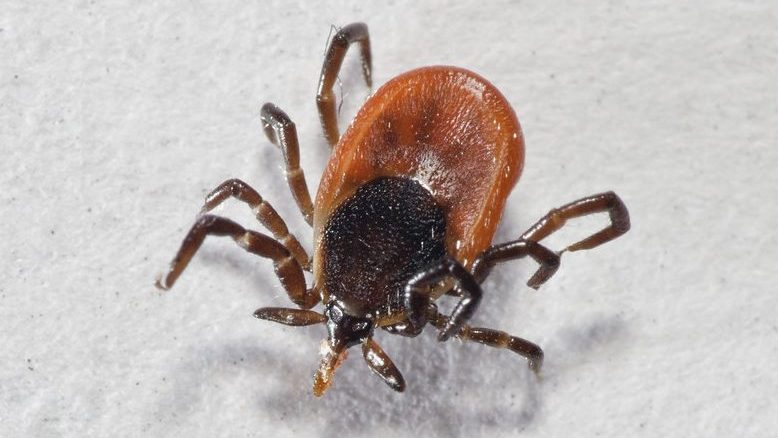
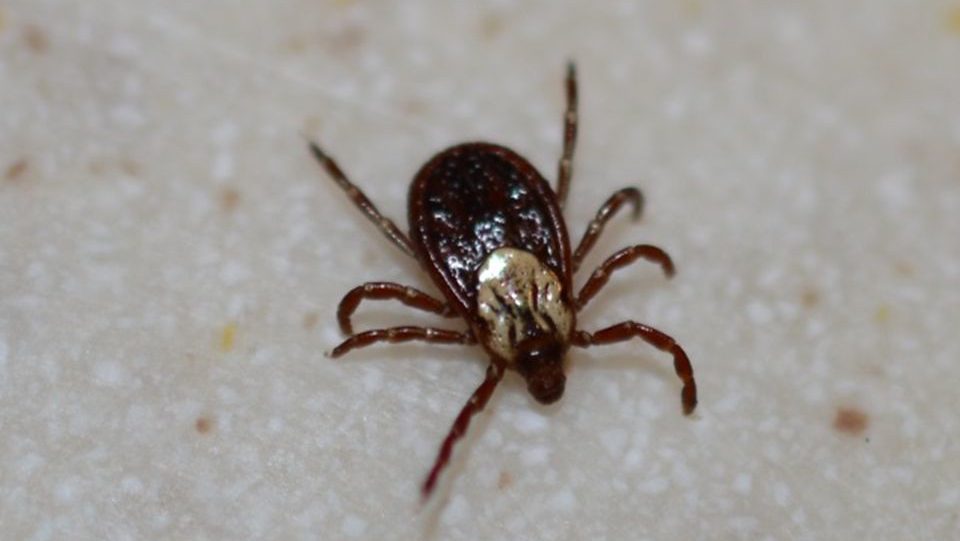
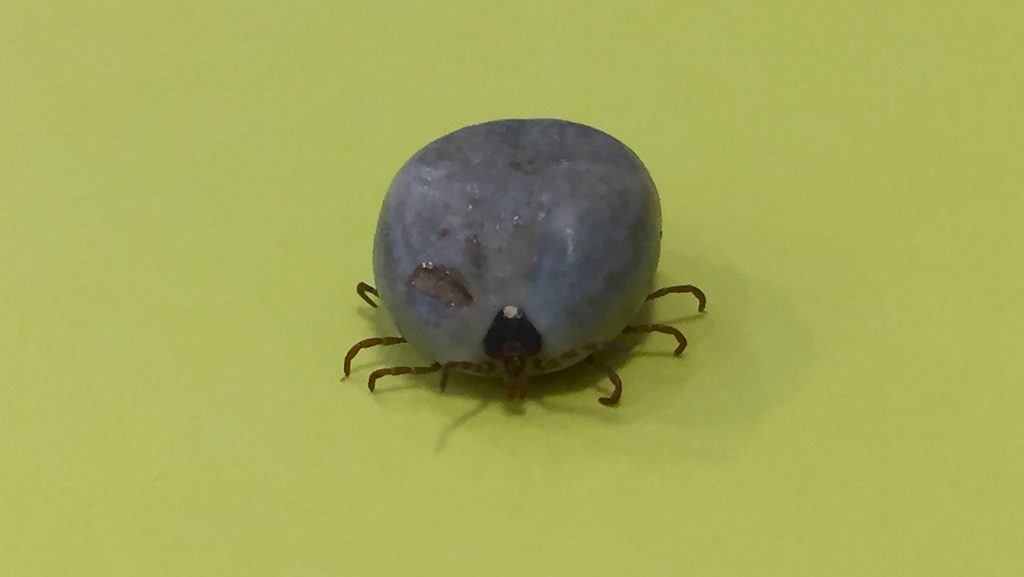
Infestation Signs and Where to Find Ticks
Ticks are stealthy and often go unnoticed until they bite, making it essential to recognise signs of an infestation. Here are common places to check and signs of potential tick activity: Pets are at high risk of tick exposure, especially after spending time outdoors. Regularly check your pet’s fur by running fingers through it, focusing on areas like the neck, ears, and under the legs. Ticks may also hide in less visible areas, such as between toes or under collars. Outdoor areas with tall grass, leaf litter, or shady spots are tick-prone environments. Regularly inspect areas along fence lines, under trees, and near woodpiles or brush, as ticks often hide there waiting for a host. Ticks brought indoors may fall off pets or people and hide in carpets, upholstery, pet bedding, and even cracks or corners in the home. Brown dog ticks, in particular, are notorious for establishing indoor infestations, especially in homes with multiple pets.
General Prevention Tips to Keep Ticks Out
Effective tick prevention requires a proactive approach to keep these pests from settling in your home or yard. Here are key steps you can take:- Landscaping: Maintain a tidy yard by mowing the lawn regularly, trimming bushes, and removing leaf litter. Overgrown vegetation creates shaded, moist hiding spots that attract ticks.
- Pet Care: Pets are particularly vulnerable to ticks. Regularly check pets for ticks after they’ve been outside, especially if you live in a high-risk area.
- Sealing Entry Points: Prevent ticks from entering your home by sealing gaps, cracks, and other entry points. Install door sweeps, fix torn screens, and consider tick-specific repellents around entry points.
Dos and Don’ts for Effective Tick Control
DO'S
-
Run your fingers through your pet’s fur daily to check for ticks.
-
Wear long sleeves and pants when spending time in tick-prone areas, and consider tucking pants into socks.
-
Apply tick repellent on clothing and shoes when hiking or working outdoors.
DON'TS
-
Don’t ignore tick bites—address them immediately to prevent tick-borne diseases.
-
Don’t use pest control products carelessly, especially around pets and children.
-
Don’t take tick presence lightly—ticks are resilient and can carry serious diseases.






